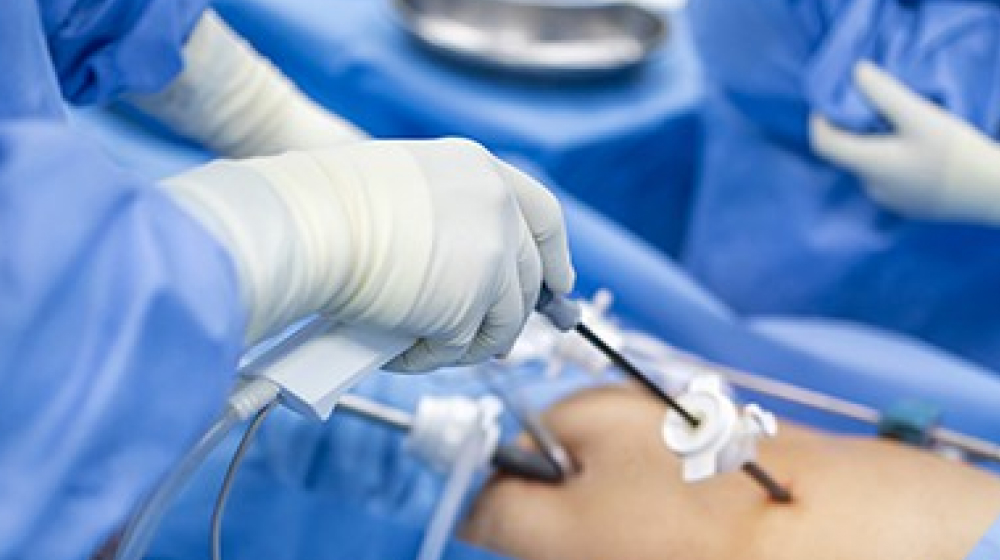The gallbladder is a pear-shaped organ that serves as a reservoir for bile. The most common gallbladder conditions are gallstones (cholelithiasis) and gallbladder polyps. Gallstones represent the presence of one or more solid formations inside the gallbladder and may vary in size, shape, and composition.
A significant number of individuals with gallstones experience no symptoms, and up to two-thirds tolerate the condition without complications. However, in some patients, gallstones can lead to inflammation of the gallbladder (cholecystitis).
Symptoms of Gallbladder Problems
Typical symptoms include:
- Sudden pain in the right upper quadrant and epigastric region, often accompanied by nausea, vomiting, and a general feeling of discomfort.
- Pain may radiate to the right shoulder blade and last for several hours, with varying intensity.
- Slight to moderate fever may be present.
- Physical examination reveals tenderness under the right rib cage.
- Elevated white blood cell count (leukocytosis) is commonly seen in lab results.
- Ultrasound is the gold standard for diagnosis when performed by an experienced specialist.
Acute Cholecystitis (Acute Calculous Cholecystitis)
Acute inflammation of the gallbladder is one of the most common surgical conditions. It is almost always caused by obstruction of the cystic duct or gallbladder neck by a gallstone, which prevents proper bile drainage.
As bile builds up and becomes infected, the gallbladder enlarges and its wall thickens. In many cases, the impacted stone eventually moves back into the gallbladder, allowing it to empty and the inflammation to subside. Over time, **scarring and changes in the gallbladder wall and surrounding tissue can occur.
However, in severe cases where the infection is intense and the obstruction persists, the condition may progress to **gangrene or perforation, which are life-threatening.
Treatment of Acute Calculous Cholecystitis
In some cases, acute cholecystitis resolves spontaneously without treatment. Conservative management includes:
- IV fluids
- Pain medications
- Antibiotics
- Close monitoring
While inflammation may subside, the underlying presence of gallstones remains. If symptoms persist or complications arise, surgical treatment becomes necessary.
Chronic Cholecystitis (Chronic Calculous Cholecystitis)
Chronic inflammation is typically caused by repeated partial obstructions of the cystic duct, leading to recurrent bouts of acute inflammation. When the stone dislodges, symptoms improve temporarily, but over time, scar tissue accumulates, eventually turning the gallbladder into a fibrotic capsule full of stones.
The most common symptom is biliary colic—sudden pain in the right upper abdomen after consuming fatty or heavy meals, often accompanied by nausea and vomiting, and sometimes radiating to the right shoulder blade.
The most appropriate treatment is laparoscopic gallbladder removal. In rare cases involving gallbladder tumors, open cholecystectomy is the preferred surgical approach.
Laparoscopic Gallbladder Surgery at Atlas General Hospital
At the Atlas General Hospital’s Center for General Surgery, a team of surgeons including:
Doc. dr. Đorđe Knežević
Dr. Nemanja Zarić
performs laparoscopic gallbladder removal (cholecystectomy) at a special promotional price.
Note: Only the listed surgeons perform promotional-price surgeries. Procedures performed by consulting surgeons are billed according to the official hospital price list and are not included in the promotion.
Gallbladder Removal – Cholecystectomy
Cholecystectomy is a minimally invasive surgical procedure used to remove a diseased gallbladder. Since the early 1990s, laparoscopic cholecystectomy has become the standard for treating most gallbladder conditions.
It is the preferred treatment for:
- Acute or chronic cholecystitis
- Symptomatic cholelithiasis (gallstones)
- Biliary dyskinesia
- Acalculous cholecystitis
- Biliary pancreatitis
- Gallbladder polyps
Recovery After Gallbladder Surgery
After laparoscopic gallbladder surgery, most patients can stand and drink fluids within a few hours, and may leave the hospital the same day or the next.
Recovery guidelines:
- Early mobilization and light walking are encouraged.
- Diet starts with fluids and easily digestible foods.
- Follow-up examination is scheduled 7 days after surgery
